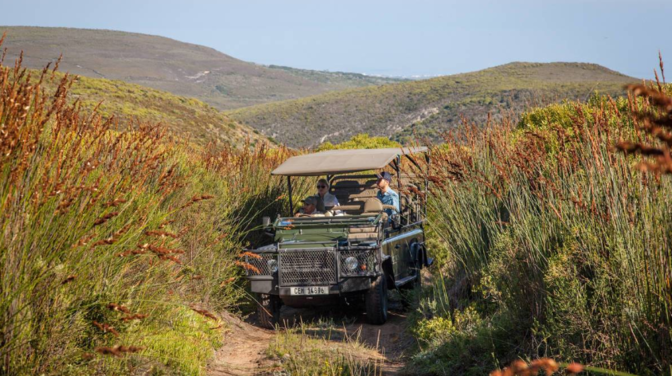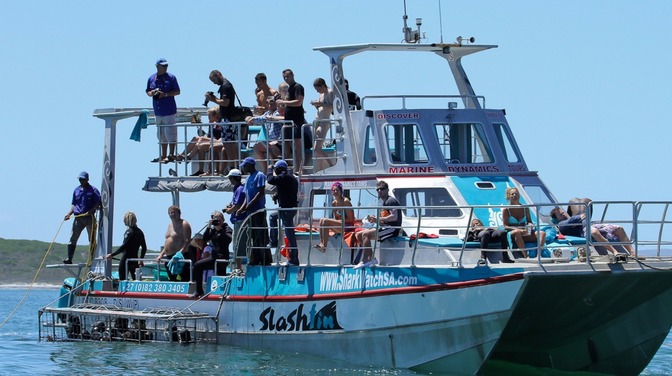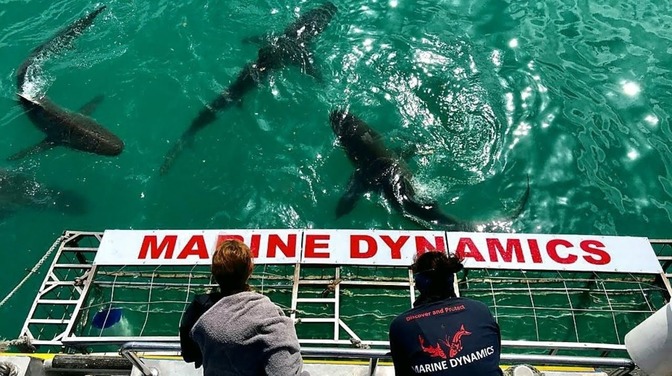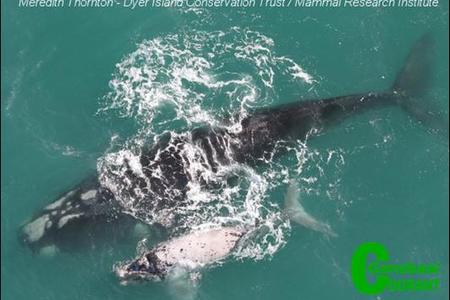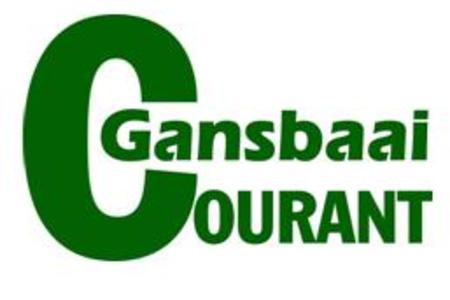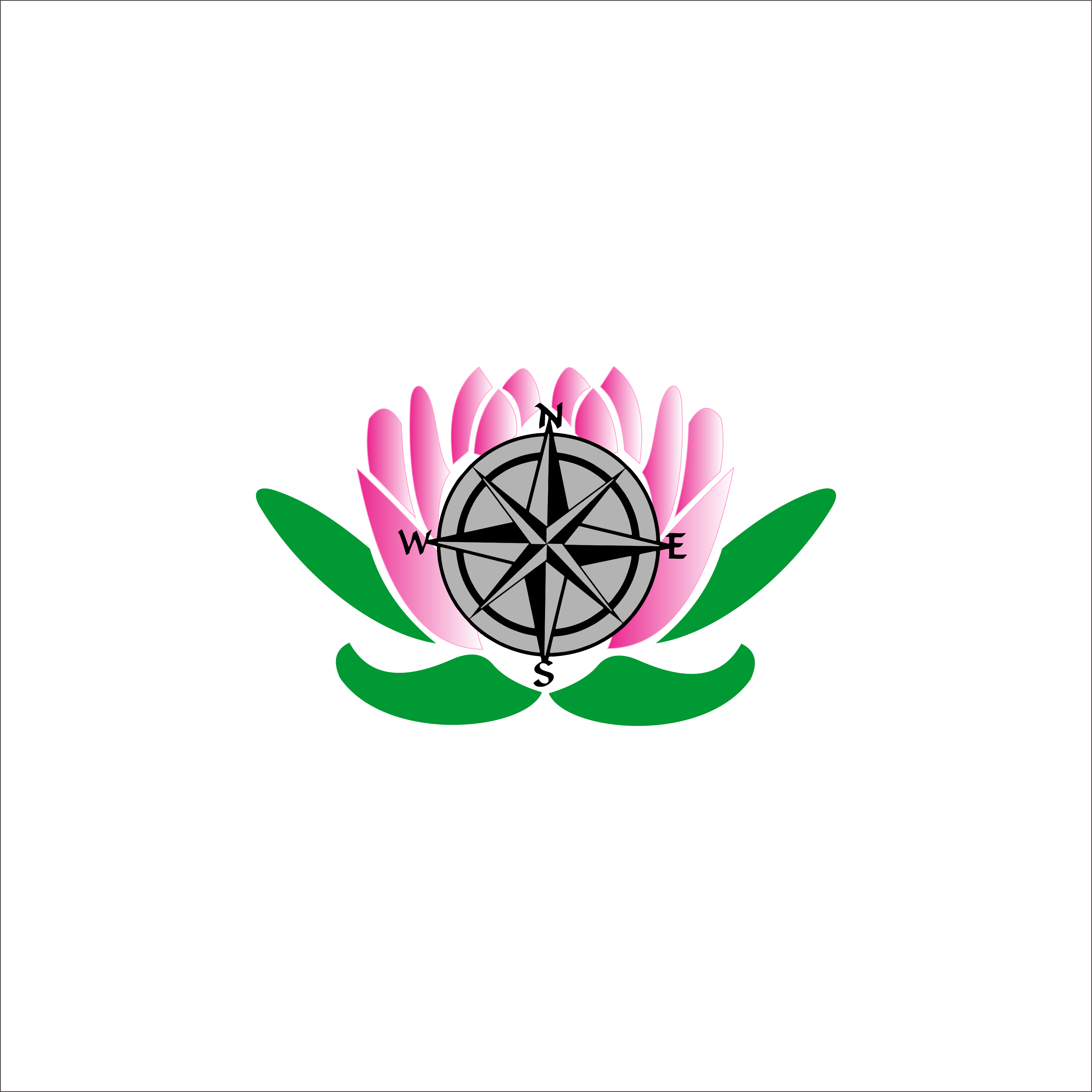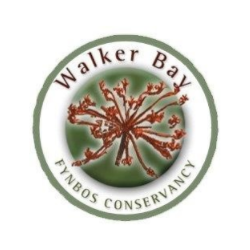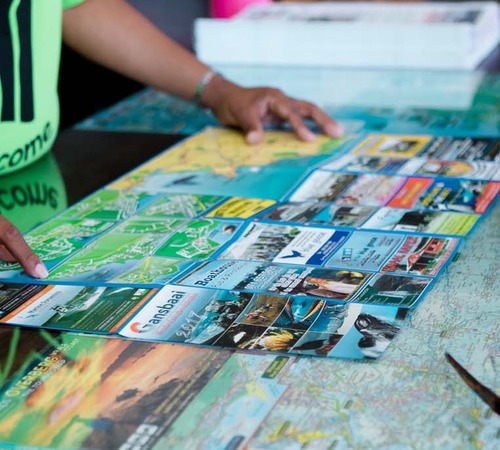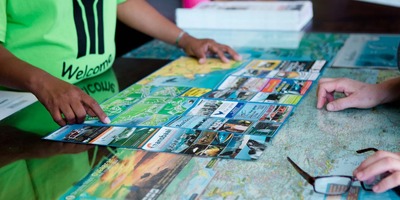All across the Southern Hemisphere Southern Right Whales were whaled almost to extinction in the 1700-1900s. It was originally thought that there were as many as 70 000 to 80 000 animals in total and it is believed that their numbers were reduced to less than 500 individuals!
Fortunately Southern Right Whales were protected internationally in 1935, but pirate whaling still took place until the 1960s. South African Right Whales have recovered well, increasing at about 7.5% per year and there are now thought to be about 5000 animals in our population, although historically there were probably 15 000 - 17 000, so we still have a long way to go! The South African population has been studied extensively since the 1970s, primarily by the late Professor Peter Best, through various research projects such as aerial counts, individual photographic identification using natural markings from the air and at sea, photogrammetry, theodolite tracking, stable isotope analysis, genetics, fatty acid analysis and satellite telemetry.
As a result of South African Right Whale numbers being so low Prof Best decided to start annual aerial surveys in 1971. Initially a fixed wing aeroplane was used to count the animals and then 38 years ago annual photographic surveys were started using a helicopter to hover above the cow-calf pairs and take ID shots of the unique pattern of callosities on the whales’ heads. Each individual whale is entered into the South African catalogue and is used for analysis, producing facts and figures on calving intervals, rate of population increase, age at first breeding, population counts, geographic distribution, etc.
A decline in the number of Southern Right Whales visiting South Africa, was at first noticed a couple of years ago in the non-calving animals along the coast and now this year in the reduced number of cow-calf pairs. This might be a cause for concern, or may simply be in response to a temporary environmental variable such as a food shortage as a result of changes in oceanographic conditions, alternatively an environmental variable could have meant that more animals than normal calved in 2014, which was a bumper year, meaning that less would choose to breed in their ‘normal’ year. Southern right whales are thought to be pregnant one year, calve the following year and rest for a year.
In recent years cow-calf pairs have numbered in the region of 200, but this year less than 60 pairs were encountered on the aerial survey. This result was both surprising and interesting because as always in science we have a greater number of questions than answers! A count of a similar total was last made in about 1990.
Meredith Thornton, Research Coordinator for the Dyer Island Conservation Trust and Research Associate of the Mammal Research Institute (University of Pretoria), worked closely with Prof Best at the Mammal Research Institute, and has been intimately involved in this work for over two decades. The Dyer Island Conservation Trust has always played an important role in assisting the MRI aerial survey team with logistics when they stop over in the Gansbaai area and this role has been formalised and consolidated with Meredith’s move to the Trust and her continued involvement with the aerial survey and other MRI/DICT research projects.

